A long-awaited blueprint for the UK’s relations with the EU will be published later, with ministers vowing to deliver a “practical and principled” Brexit.
The “comprehensive vision” for future trade and co-operation is aimed at ensuring global trade deals and no hard border in Northern Ireland.
Brexit Secretary Dominic Raab said it would respect the result of the 2016 Brexit vote and address business needs.
Labour said it took “just two days” for the government’s plan to unravel.
The EU’s chief negotiator, Michel Barnier, has insisted the proposals must be workable.
The UK is set to leave the EU on 29 March 2019, after the 2016 referendum in which people voted by 51.9% to 48.1% for Brexit.
The two sides are negotiating outstanding issues related to its departure as well as the outline of their future relationship once a proposed transition period comes to an end, on 31 December 2020.
Both are aiming for an agreement by October, to allow enough time for the UK and European parliaments to vote on what is decided.
The EU’s chief Brexit negotiator Michel Barnier said the UK initiative needed to be compatible with EU guidelines and not create extra costs and red tape.
He said: “We will look carefully at each and any proposal of UK, but these proposals must be workable.”
It is a set of proposals the government hopes will be the foundation of the UK’s future relationship with the EU.
It lays out how the UK would like to trade and co-operate with the EU for years and decades to come.
The White Paper, reportedly delayed for several months amid disagreements between ministers, was finally approved by Theresa May’s cabinet at her country residence, Chequers, last week.
The main points are:
The UK will maintain a “common rulebook” for all goods traded with the EU, including agricultural products
A treaty will be signed committing the UK to “continued harmonisation” with EU rules – avoiding friction at the UK-EU border, including Northern Ireland
Parliament will oversee the UK’s trade policy and have the ability to “choose” to diverge from the EU rules
There will be different arrangements for services, with greater regulatory flexibility
A “joint institutional framework” will be established to interpret UK-EU agreements
The European Court of Justice will no longer have jurisdiction in the UK – but UK courts will have to pay “due regard” to EU case law in areas of complete alignment with EU rules
The borders between the UK and EU will be treated as a “combined customs territory”
The free movement of people between the UK and the Continent will end
A “mobility framework” will be set up to allow UK and EU citizens to travel to each other’s territories
Mr Raab, who became Brexit Secretary on Monday after David Davis quit in protest at the plan, said it struck the right balance between protecting existing arrangements with the EU and freeing up the UK to look further afield.
“This government is determined to make sure the UK is ready to lead the industries of the future and seize the opportunities of global trade,” he said.
“At the same time, we need to cater for the deeply integrated supply chains that criss-cross the UK and EU and which have developed over our 40 years of membership.
“It is a vision that respects the result of the referendum and delivers a principled and practical result.”
This is not the final deal, as the detailed talks are yet to take place with the EU on it. The EU has welcomed its publication and said it will respond when it has seen the plans in detail.
The plans being set out in the white paper have already triggered two cabinet resignations.
In his resignation letter, Foreign Secretary Boris Johnson warned the “Brexit dream was dying”. Mr Davis said the proposals were a “compromise too far” and was “giving away too much too easily” and would effectively mean the UK remaining in the EU.
A handful of ministers below cabinet level have also quit in protest and, amid claims No 10 has taken control of the process and marginalised the Brexit department, there has been talk of other resignations unless the government rethinks its plans.
Many Brexit-backing Tory MPs are worried the proposals will inevitably be watered down during the negotiations and the UK will have to accept further concessions.
There are also those who backed Remain in the referendum and argue the proposal is the “worst of all worlds” in that the UK would remain tied to the EU without having any say in how it operates or makes new laws.
Leading Brexiteers who have stayed in their jobs insist it is consistent with what people voted for in 2016.
“What we were asked to do was have no free movement, no EU jurisdiction, no continued payments to the EU, no customs union and no single market,” International Trade Secretary Liam Fox said on Wednesday.
Labour has said the plan is a fudge already starting to unravel.
It wants the UK to stay in some form of customs union with the EU and for European citizens to get preferential treatment under new migration rules.
It will force a series of votes on these issues when the customs and trade bills come before Parliament, a moment which could also see rebellions by Tories.
Labour chairwoman of the Home Affairs Committee, Yvette Cooper, said the government’s Chequers agreement “as it stands” would not be approved by Parliament partly, she argued, because it does not include a customs union.
Business, which has been calling for greater clarity for months, has welcomed the plans for close alignment over goods. But some remain unconvinced about how the customs plans, which ministers hope will avoid checks on the border between Northern Ireland and the Republic of Ireland, will work.
At a Commons hearing on Wednesday, Mr Fox conceded they had “never been tested before” and it was unclear whether they would be acceptable to the World Trade Organization














